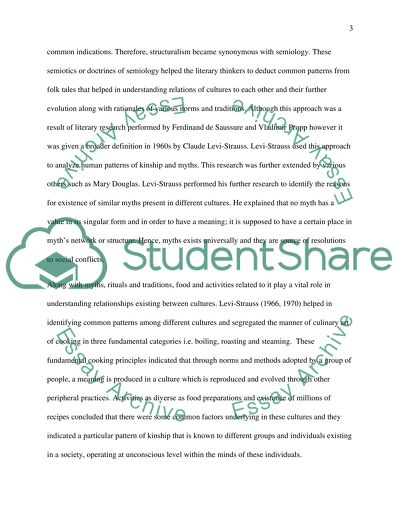Cite this document
(“Compare TWO different approaches to the study of food, and discuss Essay”, n.d.)
Compare TWO different approaches to the study of food, and discuss Essay. Retrieved from https://studentshare.org/anthropology/1465740-compare-two-different-approaches-to-the-study-of
Compare TWO different approaches to the study of food, and discuss Essay. Retrieved from https://studentshare.org/anthropology/1465740-compare-two-different-approaches-to-the-study-of
(Compare TWO Different Approaches to the Study of Food, and Discuss Essay)
Compare TWO Different Approaches to the Study of Food, and Discuss Essay. https://studentshare.org/anthropology/1465740-compare-two-different-approaches-to-the-study-of.
Compare TWO Different Approaches to the Study of Food, and Discuss Essay. https://studentshare.org/anthropology/1465740-compare-two-different-approaches-to-the-study-of.
“Compare TWO Different Approaches to the Study of Food, and Discuss Essay”, n.d. https://studentshare.org/anthropology/1465740-compare-two-different-approaches-to-the-study-of.


